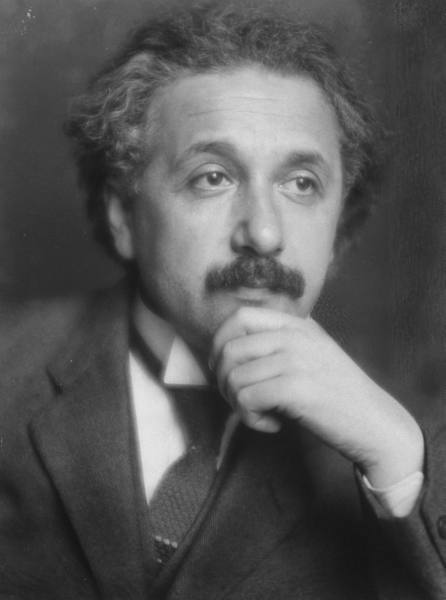

These papers also introduced the equation E = mc^2, showing the equivalence between mass and energy. The final two papers outlined his theory of special relativity, which showed how observers moving at different speeds would agree about the speed of light, which was a constant. Einstein looked at the case of a dust mote moving randomly on the surface of water and suggested that water is made up of tiny, vibrating molecules that kick the dust back and forth. The second explained Brownian motion, or the random motion of particles or molecules.

This theory describes the photoelectric effect, the concept that underpins modern solar power. The first incorporated the idea that light could come in discrete particles called photons. That year, he published four groundbreaking papers of significant importance in physics. How Einstein changed physicsĮinstein obtained his doctorate in physics in 1905 - a year that's often known as his annus mirabilis ("year of miracles" in Latin), according to the Library of Congress.

Einstein divorced Maric in 1919 and soon married his cousin Elsa Löwenthal, with whom he had been in a relationship since 1912.


 0 kommentar(er)
0 kommentar(er)
